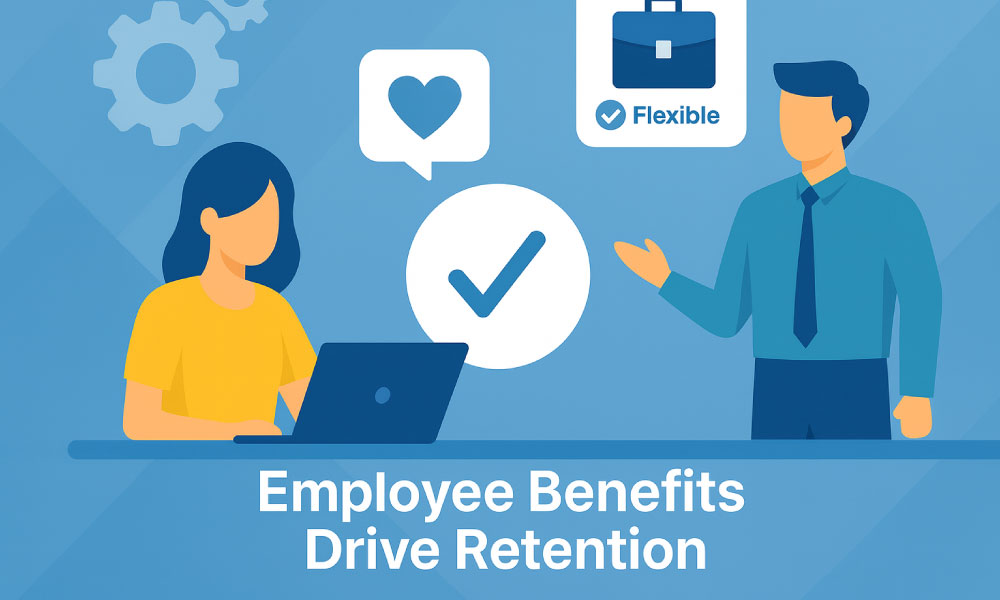
In this article, we’ll explore why flexible hiring is more than just a trend—it’s the future of work.

1. What is Flexible Hiring?
Flexible hiring refers to employment models that allow businesses to engage talent in ways that best suit project needs, market demands, and budget constraints. This can include:
- Freelance and contract work
- Part-time or project-based roles
- Temporary staffing
- Hybrid and remote work arrangements
- Talent marketplaces and gig platforms
Unlike traditional recruitment, flexible hiring focuses on agility, scalability, and specialized skill access.

2. The Business Case for Flexible Hiring
Adaptability in a Fast-Changing Market
Cost Efficiency
Access to Global Talent

3. Employee Benefits Drive Retention
While flexible hiring benefits employers, it also aligns with what modern professionals want:
- Work-life balance: Flexible schedules and remote work options improve job satisfaction.
- Diverse opportunities: Freelancers and contractors can choose projects that align with their skills and passions.
- Geographic freedom: Professionals can work from anywhere, reducing the need for relocation.

4. Technology is the Enabler
- Freelance marketplaces (e.g. WeWe Talent Marketplace)
- Collaboration tools (Slack, Trello, Asana) for remote teams
- AI-driven talent matching to quickly identify the best candidates
- Cloud-based work environments for seamless collaboration

5. The Future Outlook: From Optional to Essential
In the next decade, flexible hiring will shift from being a competitive advantage to a business necessity. Several factors are accelerating this trend:
- Economic uncertainty will push businesses to keep fixed costs low.
- The rise of the gig economy will normalize short-term and project-based work.
- Specialization in skills will make on-demand experts more valuable than generalists.
- Workforce demographics—younger generations entering the workforce prioritize flexibility over stability.

6. How to Implement Flexible Hiring Successfully
- Identify core vs. project-based roles – Keep key strategic positions in-house, but outsource specialized or seasonal work.
- Choose the right platforms – Use reputable marketplaces and agencies to access vetted talent.
- Set clear deliverables – Flexible work thrives when objectives, deadlines, and expectations are well-defined.
- Integrate seamlessly – Make freelancers and contract workers feel part of the team through consistent communication.
- Monitor performance – Use KPIs to evaluate the impact of flexible hires on project success.

Final Thought
Flexible hiring is no longer just a stop-gap solution—it’s a strategic, future-proof hiring approach. By embracing this model, companies can tap into a global talent pool, control costs, and stay agile in an ever-changing business landscape.
As the future of work becomes more dynamic, businesses that master flexible hiring will not only survive but thrive.
